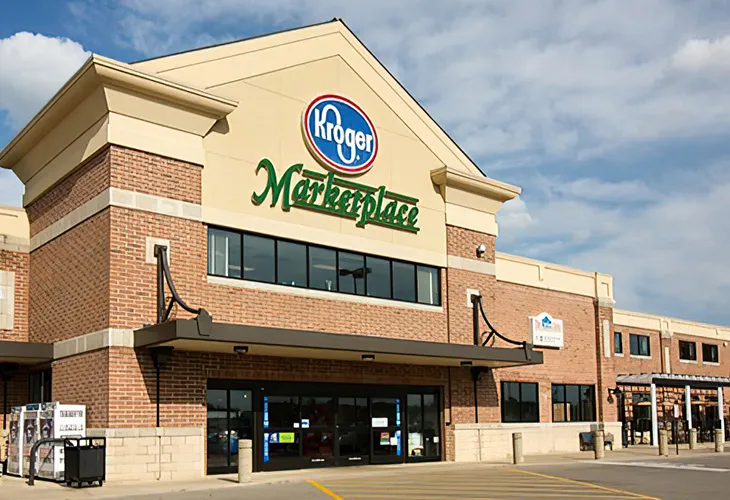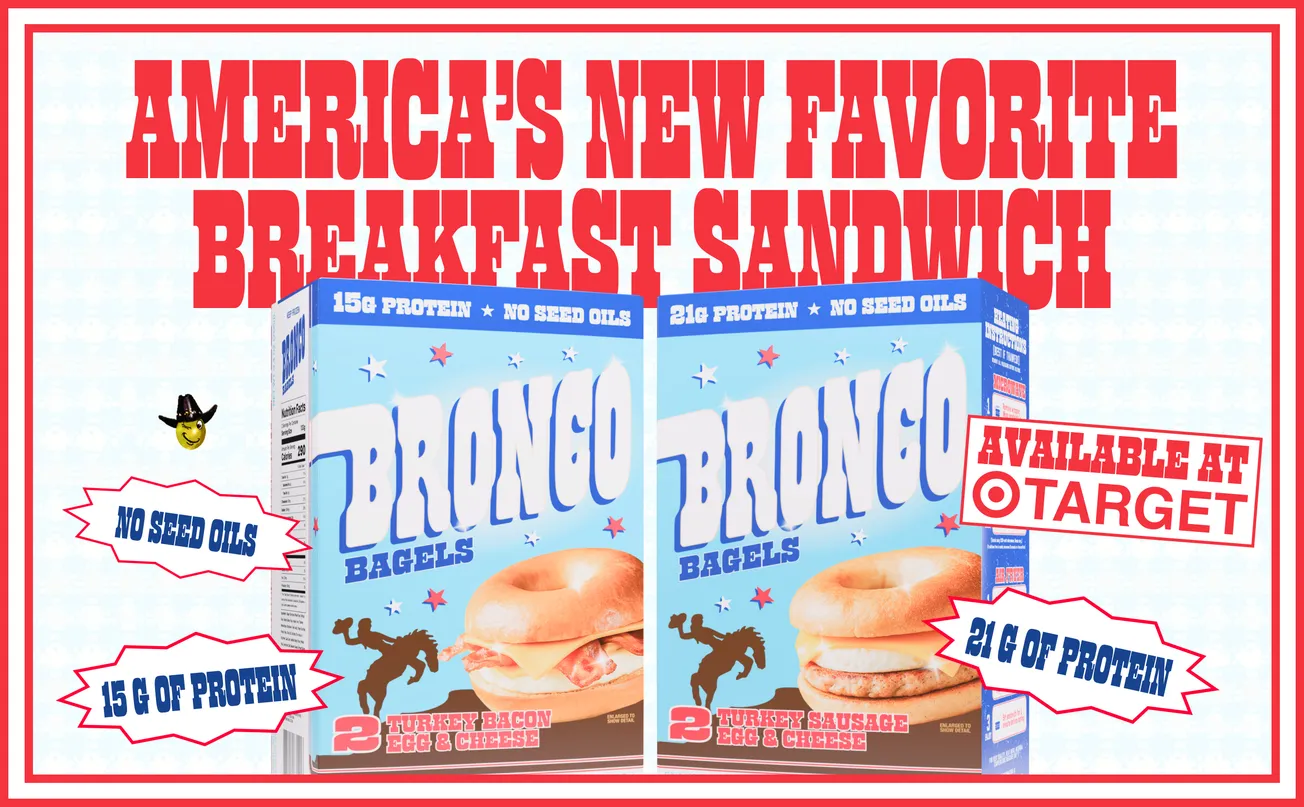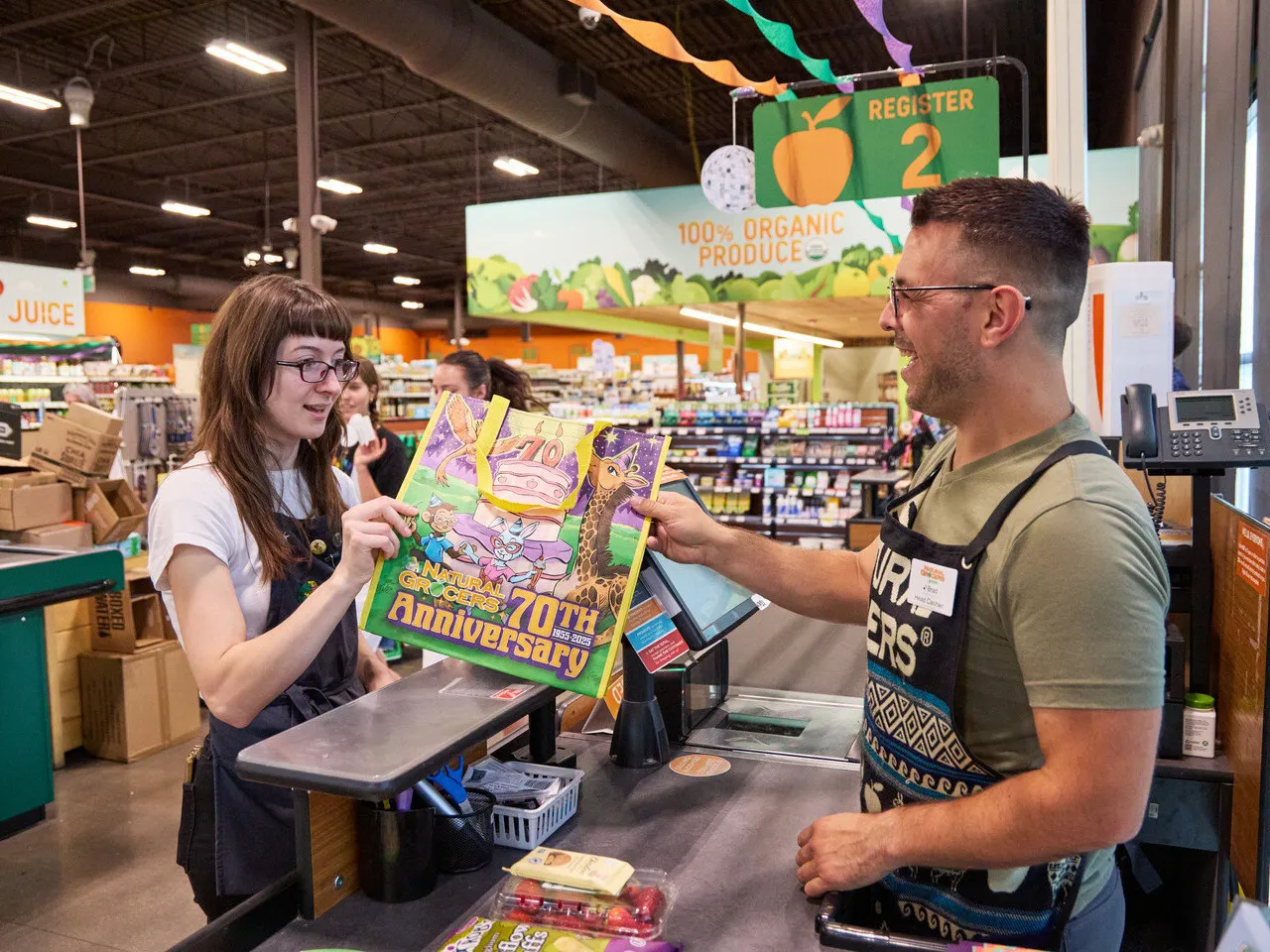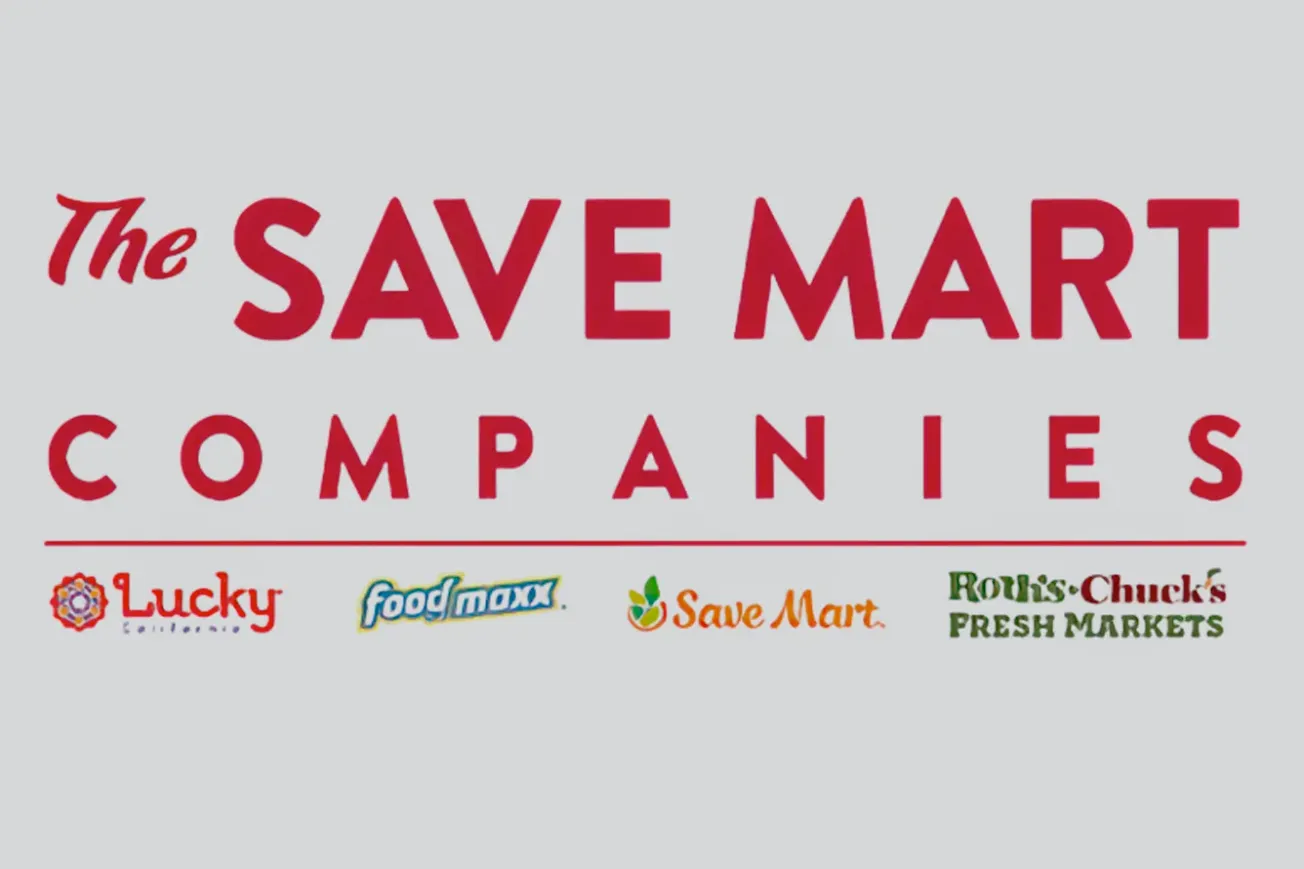ARLINGTON, Va. — For supermarket operators, the nonfoods business is a riddle. An afterthought for many shoppers — and arguably, in some cases at least, for the retailers themselves — products in the category generally deliver significantly higher margins than food and beverages. Increasing sales would go a long way toward improving the financial outlook in a low-margin business. But how to go about it?
FMI – The Food Industry Association is working with its members, which include grocery retailers, wholesalers and suppliers, to come up with actionable answers to that question. To that end, almost two years ago, FMI established a nonfoods community within the association, rounding out the subgroups focused on various components of the supermarket. In support of FMI’s commitment to facilitating total store collaboration, members of the nonfoods community gathered here last month to explore and improve grocers’ performance in such categories as health and beauty care, general merchandise and seasonal products.
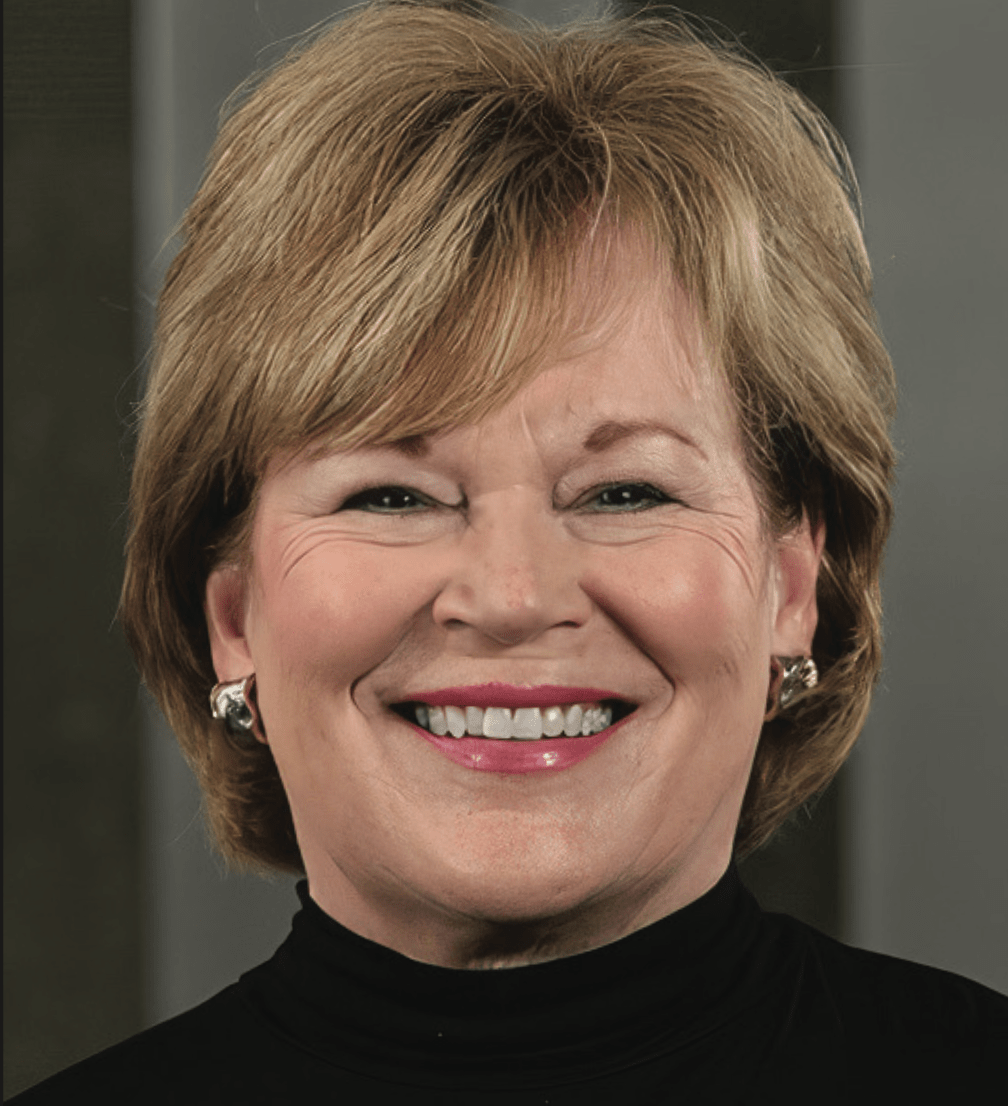
Leslie Sarasin
“One of the things that I think is important is the excitement that your products bring to the supermarket,” Leslie Sarasin, FMI’s president and chief executive officer, told the group, which met at the association’s headquarters. “When we go grocery shopping, we buy groceries. That’s exciting, but what you all bring to the store is something different. It’s that unknown, the not being sure what we might find in the nonfoods arena of our supermarkets. That increases enthusiasm for shopping for groceries because of the opportunity to take a look at things that aren’t necessarily groceries.
What we are about here is providing services and opportunities for your companies to grow your business in this space. We’re almost two years in, but we have miles to go before we sleep, as they say. And I know that a lot of what you all will be doing here today will be helping us figure out what’s the path forward for FMI in the nonfoods space.”
That sector encompasses both sizable opportunities and serious challenges. More nonfoods sales mean more profit. Although precise numbers are hard to come by, an old rule of thumb in the supermarket industry holds that although only 8% of total volume stems from such products, they account for some 20% of margin. At the same time, for a variety of reasons, more consumers are turning to other channels to purchase nonfoods merchandise.
One session at last month’s nonfoods immersion, “Winning Consumers’ Hearts, Health and Trips in the Grocery Store Channel,” shed light on the problem of changing shopping patterns. Jim Sleightholm, vice president of national client insights at Acosta Group (who made the presentation together with Simply Good Foods’ vice president of nutrition communication and education, Colette Heimowitz, and vice president of category management and strategy, Craig Hodnett), cited results from research the company conducted last year that found 84% of supermarket shoppers turn to other trade classes for health and beauty care and general merchandise, with a comparable percentage of dollars in those categories spent outside the grocery channel. Considering the fact that more than 100 million people go to a supermarket every week, the negative impact of the leakage is readily apparent. Even more alarming, core food and beverage sales are hurt as more nonfoods consumers gravitate to other trade classes.
The task at hand for supermarket operators is to convince more of the people who regularly come through their doors for groceries to also purchase nonfoods products. A concerted effort on their part, together with wholesalers and suppliers, is needed to accomplish that objective.

Mark Baum
“At the end of the day, we want to elevate GM, household, HBC and seasonal in the hearts and the minds, not just of consumers, but of the folks that get those products on the shelf. And that’s the category managers and your retail trading partners,” said Mark Baum, senior vice president of industry relations and chief collaboration officer at FMI. He suggested that, in the post-COVID world, supermarkets can capitalize on a number of trends to drive nonfoods volume. They include a boom in selfcare and household health, as well as tying nonfoods marketing to promotions to target specific meal occasions (a theme that was echoed throughout the event).
The realities of the omnichannel marketplace also need to be taken into account when assessing tools to drive the nonfoods business, according to Baum. “A lot of these products actually not only lend themselves to digital purchases, but they could be right for auto-replenishment models and subscriptions,” he said. “Consumers still like to shop in grocery stores, and thank God for that. But we’re now in an omnichannel world, so we’ll also be exploring digital strategies because, again, these categories can really gain some incremental growth through that means as well.”
Many of those themes were taken up by the 40 or so individuals in attendance who represented stakeholders ranging from Amazon, Associated Wholesale Grocers and Claire’s to Clorox, Nestlé and Topco. Before they got down to work in a unique workshop format, a trio of presentations set the stage. Circana’s Margaret Swiatkowski, executive director of the company’s retail center of excellence, and Marisa Miranda, senior director of retailer-supplier collaboration, identified pockets of growth, including health and wellness, micro holidays and social media. Kelsi Durate, strategy director at Barrows Global, and Colin Rocker, client partner lead, explored retail innovation as it relates to nonfoods products. And FMI vice president of research and insights Steve Markenson shared thoughts about the nonfoods consumer.
During the event, attendees were asked to assess barriers and challenges related to the sale of nonfoods items in grocery stores. Four representative categories — home cleaning, skin care, pet care and seasonal — were examined in lively exchanges that produced some common themes. Supermarkets that want to generate better results in nonfoods need to pay more attention to such retail basics as knowing the target consumer and his or her needs, offering a compelling experience in-store and online, and delivering an experience that builds customer loyalty.
There was unanimous agreement that members of the trade class need to make a conscious effort to maximize the selling opportunities they have. Too often, top management at supermarkets neglect nonfoods merchandise, and they do so at their peril. With the concept of convenience redefined in the digital era, grocers should double-down on one-stop shopping. By beefing up their assortment of nonfoods products and merchandising them more effectively, retailers can enhance the appeal of their stores and, at the same time, bolster basket sizes and the bottom line.
The association and its nonfoods community are intent on helping bring about that paradigm shift. “FMI has been at the forefront of recognizing and leveraging the importance of nonfoods categories as a differentiation strategy for food retailers,” says Tom Duffy, senior advisor to the association who is spearheading the nonfoods initiative. “Members of our community have been actively collaborating with trading partners to explore ways to expand and enhance the nonfoods category. The nonfoods subcommittee of the FMI Industry Collaboration Council has been instrumental in driving these efforts. Their goal is to grow nonfoods purchases on every trip.”






